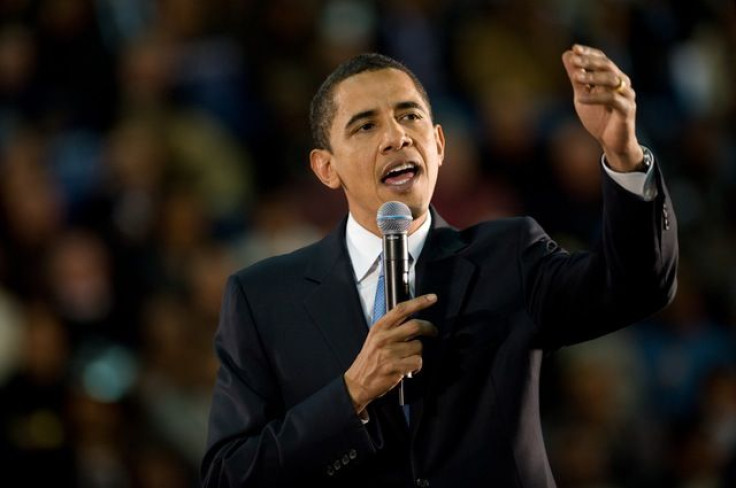Mixed-Race People Experience Racism, But It Depends On Where They Live

Mixed-race individuals are the fastest growing demographic in the United States, but according to a recent study, some Americans still have difficulty grasping the concept of someone being both black and white. The research shows that how much exposure you've had to people of different races based on where you live has a large effect on how well your brain categorizes mixed-race individuals — and also how likely you are to have negative prejudices toward this demographic.
While research has shown that the ability to immediately recognize race is a natural instinct, having negative prejudices surrounding race is a learned trait. For the study, now published online in Psychology Science, lead researcher Jonathan Freeman, from New York University, and co-authors Kristin Pauker, from the University of Hawaii at Manoa, and Diana Sanchez, from Rutgers University, chose to understand some of the factors that may play a role in the development of these negative prejudices.
The team gauged the subconscious reaction of 350 test subjects while they looked at faces of people of mixed race. The volunteer group was made up of only white volunteers and the subject’s interracial exposure was determined by matching census data with their zip codes.
The team had the volunteers quickly identify the computer-generated images of male faces as belonging to white or black people as the images morphed from white to mixed-race to black.. Results showed a trend quickly taking place: White volunteers that lived in areas with lower interracial exposure were more hesitant when identifying the races of mixed faces. Even in cases where both groups of white volunteers arrived at the same answer, mouse tracking technology showed that whites from less-diverse areas struggled significantly more than white volunteers who lived in more diverse areas. This finding suggests that that the brains of whites from non-diverse areas physically had a harder time filling the ambiguous images into a racial category.
Next, the team chose to step it up a notch and right out ask how trustworthy the subjects found faces of different racially diverse individuals to be. This time, the less-exposed white volunteers showed a greater prejudice against mixed-race individuals, deeming than as less trustworthy than did volunteers from more diverse neighborhoods. The study suggests that this prejudice may be linked to their difficult visual processing of mixed-race faces.
“This research points to a unique perceptual pathway by which exposure to other racial groups may be able to get under the hood and reduce unintended biases," explained Freeman in a recent statement.
Additional computational simulations with an artificial network similar to a human brain also backed the hypothesis that having less interracial exposure causes less stable processing of mixed-race faces. According to Freeman, this difficulty arises from an internal conflict between what a person sees and what they already believe to be true.
“In less-exposed individuals, visual processing of a mixed-race face tries to bring together two categories in the brain — White and Black — that one's conceptual knowledge is trying to rapidly pull apart due to these individuals' stereotypes that Whites and Black s are very dissimilar," said Freeman in the statement. "This conflict creates unstable processing that seems to prompt a negative bias against mixed-race individuals."
Source: Freeman JB, Pauker K, Sanchez DT. A Perceptual Pathway to Bias Interracial Exposure Reduces Abrupt Shifts in Real-Time Race Perception That Predict Mixed-Race Bias. Psychological Science . 2016



























